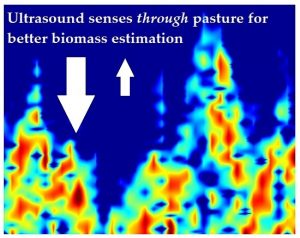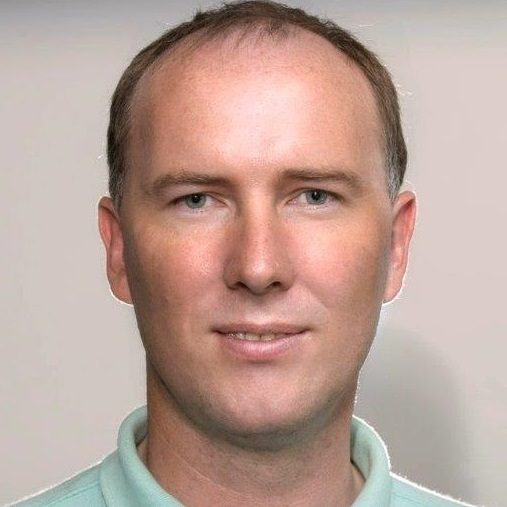
Ultrasonic Proximal Sensing of Pasture Biomass
BibTeX
The optimization of pasture food value, known as ‘biomass’, is crucial in the management of the farming of grazing animals and in improving food production for the future. Optical sensing methods, particularly from satellite platforms, provide relatively inexpensive and frequently updated wide-area coverage for monitoring biomass and other forage properties. However, there are also benefits from direct or proximal sensing methods for higher accuracy, more immediate results, and for continuous updates when cloud cover precludes satellite measurements. Direct measurement, by cutting and weighing the pasture, is destructive, and may not give results representative of a larger area of pasture. Proximal sensing methods may also suffer from sampling small areas, and can be generally inaccurate. A new proximal methodology is described here, in which low-frequency ultrasound is used as a sonar to obtain a measure of the vertical variation of the pasture density between the top of the pasture and the ground and to relate this to biomass. The instrument is designed to operate from a farm vehicle moving at up to 20 km h−1, thus allowing a farmer to obtain wide coverage in the normal course of farm operations. This is the only method providing detailed biomass profile information from throughout the entire pasture canopy. An essential feature is the identification of features from the ultrasonic reflectance, which can be related sensibly to biomass, thereby generating a physically-based regression model. The result is significantly improved estimation of pasture biomass, in comparison with other proximal methods. Comparing remotely sensed biomass to the biomass measured via cutting and weighing gives coefficients of determination, R2, in the range of 0.7 to 0.8 for a range of pastures and when operating the farm vehicle at speeds of up to 20 km h−1.

